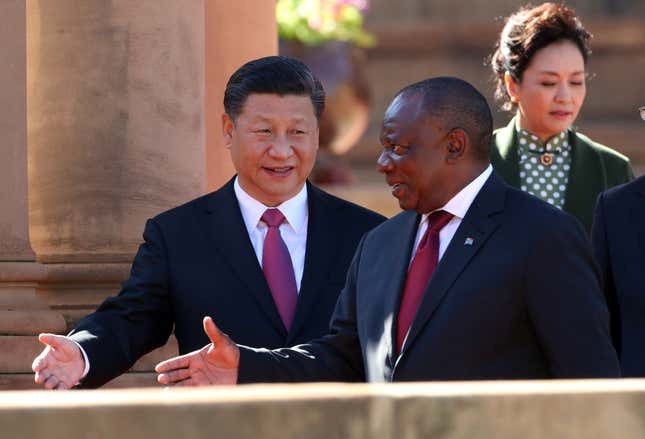Business
China Makes Historic Shift: Buys Corn from South Africa, Turning Away from the U.S.

In a significant development, China, the world’s largest consumer of corn, has made a groundbreaking move by purchasing corn from South Africa for the first time ever. This strategic decision showcases China’s shifting focus away from its traditional reliance on the United States as a major corn supplier. The move has caught the attention of global agricultural markets and has far-reaching implications for international trade dynamics.
China’s decision to diversify its corn imports comes amidst ongoing trade tensions and uncertainties between China and the U.S. The move not only reflects the desire to reduce dependency on a single source but also highlights China’s strategic efforts to secure its food supply chain and ensure long-term stability. The purchase of corn from South Africa serves as a strategic move by China to expand its options and strengthen its agricultural partnerships across different regions.
The significance of this historic trade shift cannot be overstated. China’s demand for corn has been steadily increasing due to its booming livestock industry and the growing need for corn as animal feed. The decision to explore new sources of corn aligns with China’s efforts to maintain food security and meet the demands of its population.
South Africa, as one of the leading corn exporters in the world, stands to benefit greatly from this newfound partnership. The country’s favorable climate conditions and advanced agricultural practices have positioned it as a reliable supplier of high-quality corn. With China’s entry into the market, South Africa’s corn industry is poised for growth and increased export opportunities, leading to potential economic benefits and job creation.
The shift in China’s corn import patterns will likely have ripple effects on the global corn market. As China diversifies its sources of supply, traditional corn exporters, including the U.S., may experience a decline in demand. This shift could potentially reshape global trade patterns and prompt other countries to seek new markets for their agricultural products.













